Home>Garden Essentials>In Seed Plants, What Is An Important Difference Between Gymnosperms And Most Angiosperms
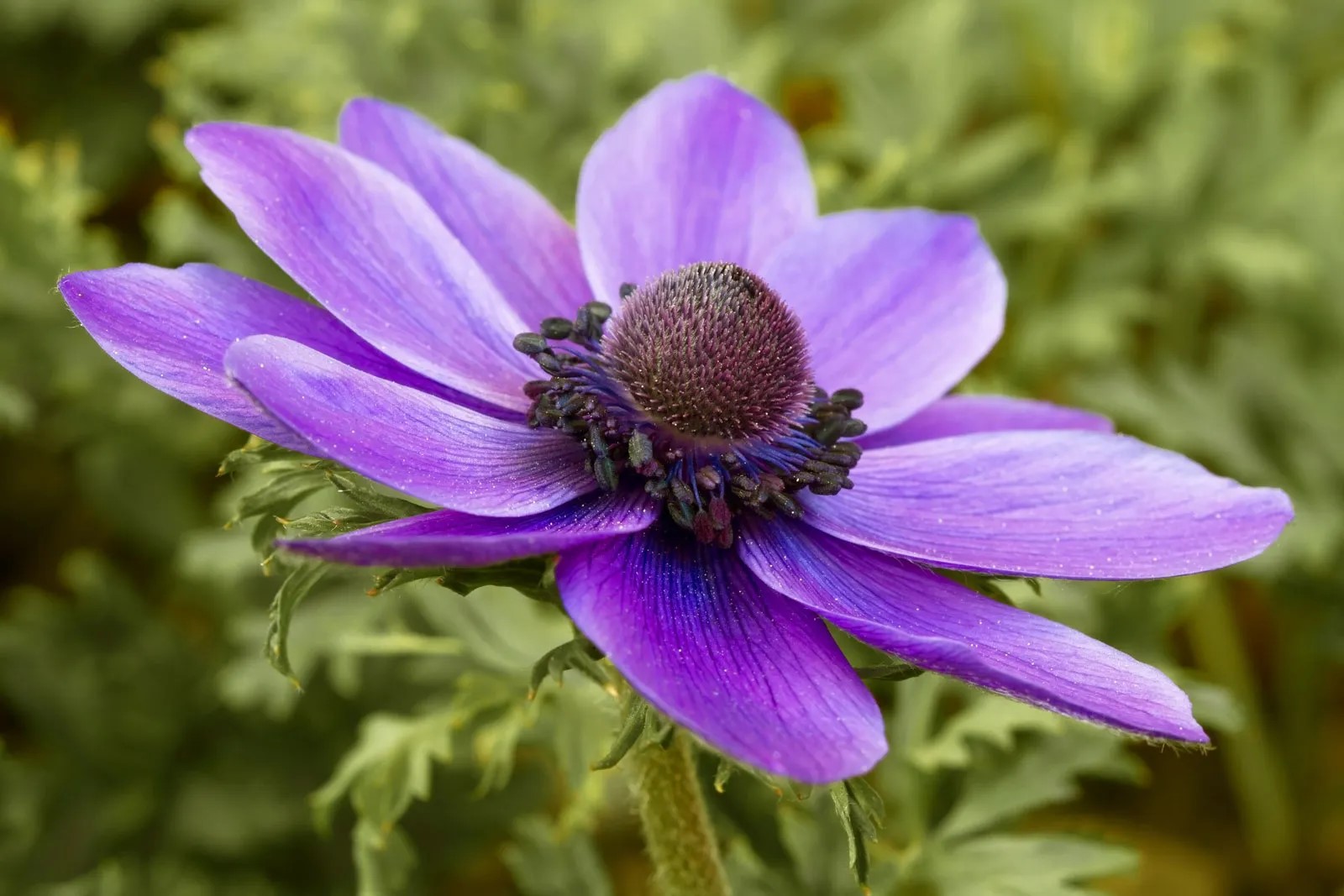

Garden Essentials
In Seed Plants, What Is An Important Difference Between Gymnosperms And Most Angiosperms
Modified: March 15, 2024
Discover the key distinction between gymnosperms and most angiosperms in seed plants. Unlock the secrets to successful gardening with this insightful guide.
(Many of the links in this article redirect to a specific reviewed product. Your purchase of these products through affiliate links helps to generate commission for Storables.com, at no extra cost. Learn more)
Introduction
When it comes to the fascinating world of plants, there are two major groups: gymnosperms and angiosperms. In the plant kingdom, these groups play a crucial role in the diversity and beauty we see around us. Understanding the differences between them can enhance our appreciation for the intricate mechanisms of plant life.
Gymnosperms and angiosperms are seed plants, meaning they reproduce via seeds, which serve as protective packages for the embryonic plant. However, there are some significant differences between these two groups. In this article, we will explore the important distinctions between gymnosperms and angiosperms, focusing on their seed structures, reproduction, and distribution.
So, grab your gardening gloves and let’s dive into the remarkable world of seed plants!
Key Takeaways:
- Gymnosperms have naked seeds and rely on wind pollination, while angiosperms have enclosed seeds within fruits and attract animal pollinators. These differences contribute to their unique adaptations and widespread distribution.
- Gymnosperms, like conifers and cycads, thrive in cold and arid regions, while angiosperms, with their diverse flowers and fruits, dominate almost every habitat. Both plant groups are essential for ecosystems and provide valuable resources for humans.
Definition of Gymnosperms
Gymnosperms are a group of plants that have naked seeds. The term “gymnosperm” is derived from the Greek words “gymno,” which means “naked,” and “sperma,” which means “seed.” Unlike angiosperms, which have their seeds enclosed within fruits, gymnosperms have seeds that are exposed directly on the surface of specialized structures.
One of the key features of gymnosperms is their reproductive structures called cones. These cones come in two forms: male cones and female cones. Male cones produce pollen grains, which contain the male reproductive cells called sperm. Female cones, on the other hand, contain the ovules, which house the female reproductive cells called eggs.
Gymnosperms are an ancient group of plants that first appeared during the Paleozoic era, around 300 million years ago. They were the dominant plants during the Mesozoic era, often referred to as the “Age of Dinosaurs.” Today, there are four main groups of living gymnosperms: conifers, cycads, Ginkgo biloba, and gnetophytes. Conifers, such as pines, spruces, and firs, are the most familiar and widespread group of gymnosperms.
These plants have adapted to survive in various environments, including cold and arid regions. Their hardy nature allows them to thrive in harsh conditions, making gymnosperms an important component of many ecosystems around the world.
Now that we have a basic understanding of gymnosperms, let’s move on to explore the contrasting characteristics of angiosperms.
Definition of Angiosperms
Angiosperms, also known as flowering plants, are the most diverse and dominant group of plants on Earth. The name “angiosperm” comes from the Greek words “angeion,” which means “vessel,” and “sperma,” which means “seed.” This name perfectly describes one of the defining features of angiosperms: their seeds are enclosed within a protective structure called a fruit.
Unlike gymnosperms, which have their seeds exposed, angiosperms have a more advanced reproductive system. They produce flowers, which are specialized structures composed of four main parts: petals, sepals, stamens, and pistils. These flowers attract pollinators, such as insects, birds, or even bats, who help in the process of fertilization.
Angiosperms are characterized by their double fertilization process, where one sperm cell combines with an egg to form the embryo, while the other sperm cell fuses with the polar nuclei to form the endosperm, a nutrient-rich tissue that nourishes the developing embryo.
The diversity of angiosperms is truly remarkable. They can be found in a wide range of habitats, from tropical rainforests to deserts. This adaptability has allowed angiosperms to colonize almost every corner of the globe, making them the most successful and widespread plant group on Earth.
Angiosperms can be further divided into two main groups: monocots and dicots. Monocots, such as grasses and lilies, have one cotyledon (embryonic leaf) in their seeds, while dicots, including roses and oaks, have two cotyledons. This distinction is just one of the many differences that exist within this diverse group of plants.
Now that we have a basic understanding of angiosperms, let’s delve deeper into the important differences between their seed structures and reproductive processes compared to gymnosperms.
Important Difference in Seed Structure
One of the fundamental differences between gymnosperms and angiosperms lies in their seed structures. In gymnosperms, the seeds are naked, meaning they are not enclosed within a fruit or any other protective structure. Instead, they are exposed directly on the surface of specialized structures, such as cones or scales.
Gymnosperm seeds are typically small and have a tough outer coating called the seed coat. This protective layer helps to shield the embryo from environmental hazards such as desiccation, pathogens, and mechanical damage. The lack of a fruit also means that gymnosperms rely on wind or gravity to disperse their seeds.
In contrast, angiosperms have seeds that are enclosed within fruits. Fruits are derived from the mature ovaries of flowers and serve several important functions. First and foremost, they provide protection to the developing seeds, shielding them from external threats. Fruits also aid in seed dispersal, as they can be carried by animals or be released in various ways, such as through explosive mechanisms or floating on water.
The diverse forms of fruits include fleshy fruits like apples and berries, dry fruits like nuts and capsules, and specialized structures like samaras and achenes. This wide range of fruit types allows angiosperms to utilize different dispersal strategies and successfully colonize various habitats.
The development of the fruit in angiosperms is a remarkable adaptation that contributes to their reproductive success and ability to colonize new areas. The presence of a fruit allows angiosperm seeds to be protected and dispersed in a more efficient manner compared to naked gymnosperm seeds.
Understanding the difference in seed structure between gymnosperms and angiosperms sheds light on the unique adaptations and strategies that each group employs to ensure the survival and dispersal of their offspring.
Reproduction and Pollination Differences
Reproduction and pollination are crucial processes in the life cycle of plants. Gymnosperms and angiosperms have different mechanisms of reproduction and pollination, which contribute to their distinct characteristics and diversity.
Gymnosperms rely on wind pollination for fertilization. Male cones produce pollen grains containing sperm cells, which are released into the air. These pollen grains are then carried by wind currents and brought into contact with the female cones. The wind dispersal method is efficient but also random, as there is no targeted transfer of pollen. This is why gymnosperms often produce a large amount of pollen, increasing the chances of successful pollination.
In contrast, angiosperms have evolved intricate systems of pollination involving a wide array of interactions with animals. Many angiosperms have coevolved with specific pollinators, such as bees, butterflies, birds, and bats. These pollinators are attracted to the flowers by colors, scents, or nectar rewards. As they feed or move within the flower, they inadvertently transfer pollen from the male reproductive structures to the female reproductive structures, ensuring fertilization.
The specialized relationship between angiosperms and their pollinators has led to the evolution of diverse flower shapes, sizes, colors, and scents, all aimed at attracting specific pollinators. This process, known as coevolution, benefits both the plants and the pollinators by ensuring successful reproduction and obtaining necessary food resources.
Furthermore, angiosperms have developed a unique reproductive adaptation called double fertilization. Unlike gymnosperms, which have two separate fertilization events, angiosperms have one sperm cell that fertilizes the egg, forming the embryo, and another sperm cell that fuses with the polar nuclei to form the endosperm. The endosperm serves as a source of nutrients for the developing embryo, providing it with the energy and resources it needs to grow.
The reproductive strategies and unique mechanisms of pollination in both gymnosperms and angiosperms showcase the remarkable diversity and adaptability of seed plants. While gymnosperms rely on wind pollination and produce an abundance of pollen, angiosperms have developed complex relationships with animal pollinators, resulting in a spectacular array of flower forms and specialized reproductive strategies.
Gymnosperms have naked seeds (not enclosed in a fruit), while most angiosperms have seeds enclosed in a fruit. This difference affects how the seeds are dispersed and protected.
Diversity and Distribution of Gymnosperms
Gymnosperms exhibit a diverse range of species and are found in various habitats worldwide. They have evolved to thrive in environments with extreme temperatures, high altitudes, and nutrient-poor soils, making them an integral part of many ecosystems.
One of the most well-known groups of gymnosperms is the conifers. Conifers are trees or shrubs that bear cones and are predominant in forests throughout the Northern Hemisphere. Familiar examples of conifers include pines, spruces, firs, and cedars. They are known for their needle-like leaves, which reduce water loss, and their ability to tolerate cold winters.
Cycads are an ancient group of gymnosperms that were widespread during the age of dinosaurs. They have palm-like leaves and are typically found in tropical and subtropical regions. Cycads are considered living fossils, as they have remained relatively unchanged for millions of years.
Ginkgo biloba is another remarkable gymnosperm species. It is the sole surviving member of the Ginkgoaceae family and has distinctive fan-shaped leaves. Ginkgo biloba is often planted as an ornamental tree in parks and gardens and is known for its medicinal properties.
The gnetophytes are a small group of gymnosperms that includes three genera: Ephedra, Gnetum, and Welwitschia. They are found in various regions, from desert environments to rainforests. Gnetophytes are unique among gymnosperms because they possess vessel elements, a feature typically associated with angiosperms.
While gymnosperms are diverse, their distribution is more limited compared to angiosperms. They are prevalent in colder regions, such as boreal forests and mountainous areas. Conifers, in particular, dominate the forests of the Northern Hemisphere, with vast coniferous forests stretching across North America, Europe, and Asia.
In addition to their presence in temperate regions, gymnosperms have adapted to survive in arid environments. Some species of gymnosperms, like certain junipers and pinyon pines, are able to withstand extremely dry conditions and are found in desert regions.
Overall, the diversity and distribution of gymnosperms illustrate their resilience and adaptability to a variety of habitats. While their range may be more limited compared to angiosperms, they play a crucial ecological role, providing food and shelter for numerous animal species and contributing to the overall health of ecosystems where they are found.
Diversity and Distribution of Angiosperms
Angiosperms, or flowering plants, display an incredible diversity of species, making them the most successful and dominant group of plants on Earth. They can be found in almost every ecosystem worldwide, from the rainforests of the tropics to the deserts of the arid regions.
The diversity of angiosperms is exemplified by their wide range of sizes, habits, and forms. They can be towering canopy trees, shrubs, vines, or tiny delicate herbs. Some familiar examples of angiosperms include roses, orchids, sunflowers, and grasses. The variety of flowers, leaves, and fruits within this group is astounding.
Angiosperms can be further classified into two main groups: monocots and dicots. Monocots have a single cotyledon (leaf-like structure) in their seeds, while dicots have two. This distinction affects various aspects of the plants’ morphology, such as leaf venation, floral structure, and root systems. Monocots include plants like grasses, lilies, and orchids, while dicots encompass roses, oaks, and tomatoes.
Angiosperms have evolved to adapt to a wide range of habitats and environmental conditions. They can thrive in diverse environments, including tropical rainforests, temperate forests, grasslands, wetlands, and even aquatic habitats. Their adaptability enables them to colonize new areas, outcompeting other plant groups and dominating ecosystems.
One of the key factors contributing to the success of angiosperms is their ability to attract animal pollinators. By developing a variety of flower shapes, colors, and scents, they entice insects, birds, and other animals to visit their flowers and inadvertently transfer pollen. This coevolutionary relationship between angiosperms and their pollinators has played a significant role in the diversification of both plants and animals.
Another important aspect of angiosperm diversity is the evolution of fruits. Fruits develop from the mature ovaries of flowers and provide protection for the developing seeds. They also aid in dispersal, as they can be carried by animals or released through various mechanisms. The wide range of fruit types, such as fleshy fruits, dry fruits, and specialized structures like samaras and achenes, allows angiosperms to utilize different dispersal strategies and ensure the survival and colonization of their offspring.
Overall, the diversity and distribution of angiosperms are unparalleled in the plant kingdom. Their wide range of species, adaptation to various habitats, and complex reproductive strategies have allowed them to become the most successful and widespread group of plants on Earth. Their importance extends beyond aesthetics, as they play a crucial role in ecosystem functioning, provide food resources for both humans and animals, and contribute to the overall biodiversity of our planet.
Importance and Economic Significance of Angiosperms
Angiosperms, or flowering plants, hold immense importance and economic significance for both humans and ecosystems. Their contributions extend far beyond their beauty and ecological roles. Let’s explore some of the key ways angiosperms impact our lives.
One of the most crucial roles of angiosperms is their contribution to food production. Most of the fruits, vegetables, grains, and nuts that form the foundation of our diet come from angiosperms. Crops such as wheat, rice, corn, and potatoes are all angiosperms, providing essential nutrition for billions of people around the world. Additionally, fruits like apples, oranges, strawberries, and bananas are enjoyed for their taste and nutritional value.
Angiosperms also play a significant role in the production of other important commodities. Timber, obtained from trees like oaks, pines, and mahogany, is used for construction, furniture, and paper products. Medicinal plants, many of which are angiosperms, provide the basis for numerous drugs and treatments for various diseases. Plants such as quinine, used to treat malaria, and aspirin, derived from willow bark, are examples of how our reliance on angiosperms extends to healthcare.
In addition to their direct economic value, angiosperms also have ecological importance. They create habitats for numerous organisms, providing shelter, food, and breeding grounds for animals and insects. The diversity of flowers and nectar sources attracts pollinators, contributing to the reproductive success of other plants and providing vital support for ecosystems.
Moreover, angiosperms contribute to soil conservation and erosion prevention. Their complex root systems hold soil in place, protecting against erosion caused by wind and water. They also improve soil fertility by adding organic matter through fallen leaves and aiding nutrient cycling.
Angiosperms also have aesthetic and cultural value. They enhance the beauty of our natural landscapes, gardens, and parks, providing enjoyment and solace to people. Flowers have been celebrated and revered in art, literature, and cultural traditions throughout history, symbolizing love, beauty, and celebrations.
Furthermore, angiosperms offer opportunities for economic growth through agriculture, horticulture, and the plant nursery industry. Growing and selling ornamental plants, flowers, and landscaping services contribute to local economies and provide employment opportunities.
In summary, angiosperms are an essential part of our lives, providing us with food, medicine, timber, and countless other resources. Their ecological functions, including pollination, habitat creation, and soil conservation, contribute to the health and balance of ecosystems. The cultural and aesthetic value they bring enhances our quality of life. Understanding and appreciating the importance and economic significance of angiosperms is vital for sustainable resource management and the preservation of our natural world.
Conclusion
The world of plants is incredibly diverse, and the distinction between gymnosperms and angiosperms showcases the remarkable adaptations and strategies that seed plants have evolved. Gymnosperms, with their naked seeds and reliance on wind pollination, have thrived in various environments, from cold climates to arid regions. Conifers, cycads, Ginkgo biloba, and gnetophytes are examples of gymnosperms that have withstood the test of time.
On the other hand, angiosperms, or flowering plants, have conquered the planet with their enclosed seeds within fruits and sophisticated reproductive systems. They have coevolved with animal pollinators, offering rewards such as nectar or pollen to ensure successful fertilization. The diversity and adaptability of angiosperms are evident in their distribution across different habitats and their ability to colonize almost every corner of the globe.
Both gymnosperms and angiosperms play essential roles in ecosystems and have significant economic value. Gymnosperms provide timber, contribute to soil conservation, and serve as a vital component of various ecosystems. Angiosperms, with their immense diversity, offer food, medicine, timber, and numerous other resources essential for human survival and well-being. They shape the beauty of our natural landscapes, inspire cultural traditions, and create employment opportunities through agriculture and horticulture.
Understanding the differences between gymnosperms and angiosperms allows us to appreciate their unique features and the intricate mechanisms of plant life. It also highlights the importance of conserving and protecting these plant groups to ensure the sustainability of our planet and the well-being of future generations.
So, as we continue to marvel at the beauty and complexity of the plant world, let us cherish and nurture both gymnosperms and angiosperms, recognizing their valuable contributions to the ecological, economic, and cultural fabric of our lives.
Frequently Asked Questions about In Seed Plants, What Is An Important Difference Between Gymnosperms And Most Angiosperms
Was this page helpful?
At Storables.com, we guarantee accurate and reliable information. Our content, validated by Expert Board Contributors, is crafted following stringent Editorial Policies. We're committed to providing you with well-researched, expert-backed insights for all your informational needs.
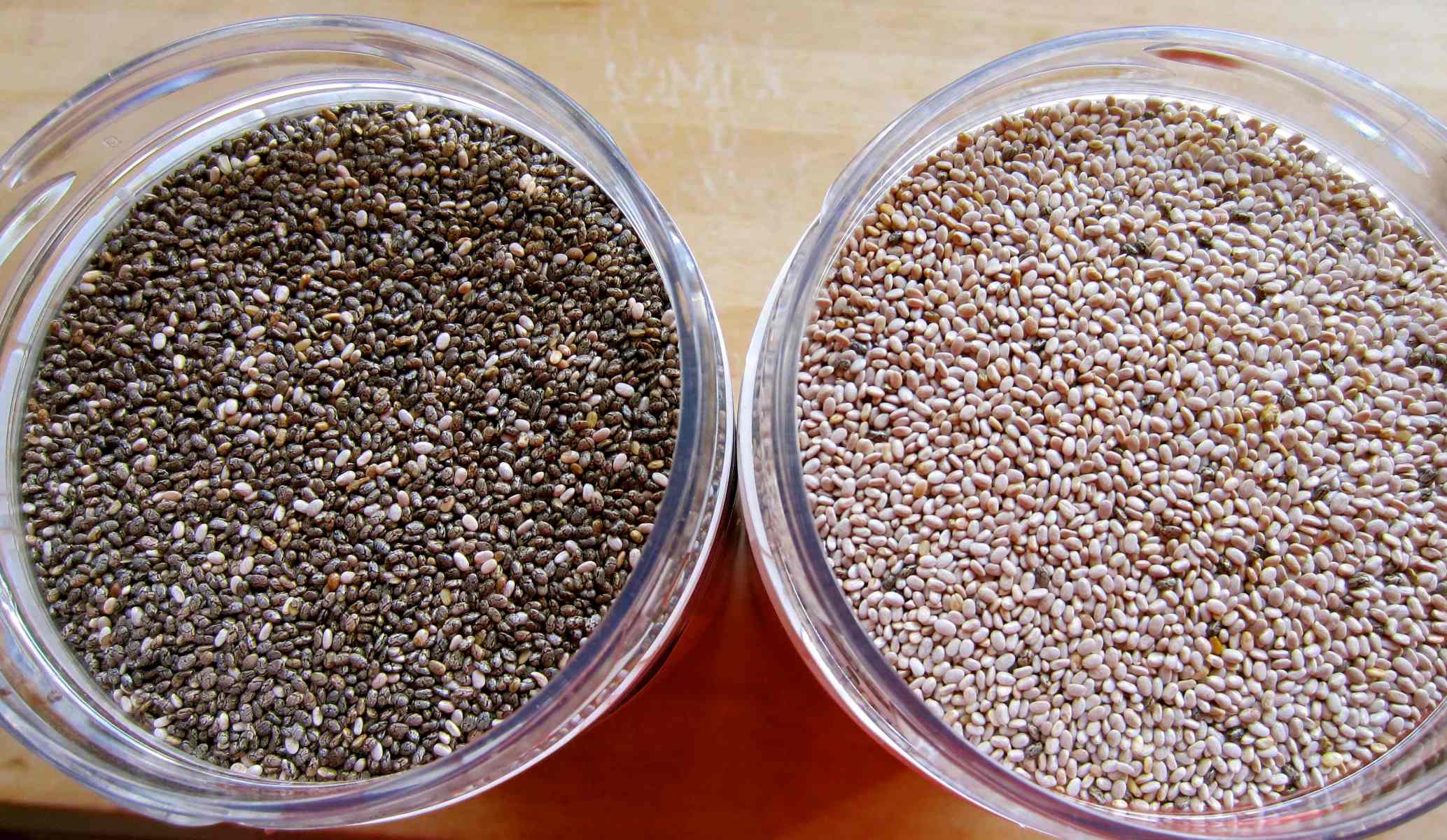
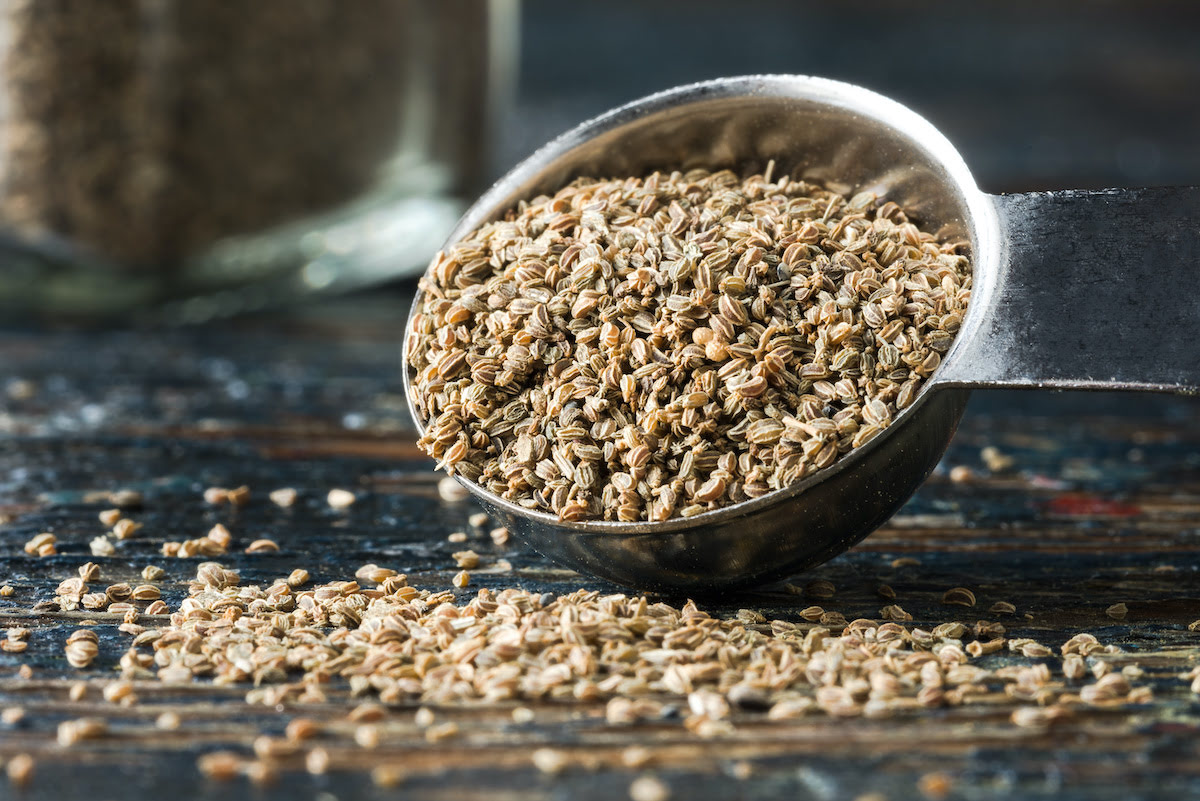
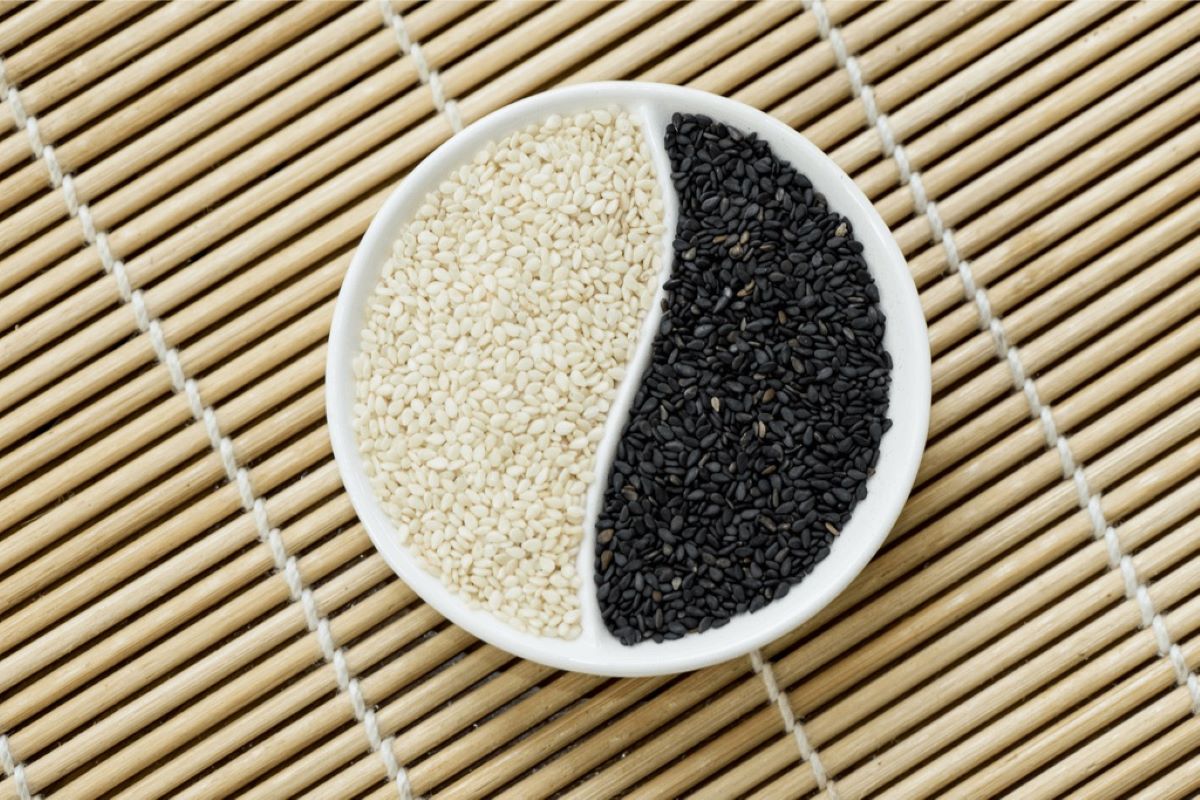
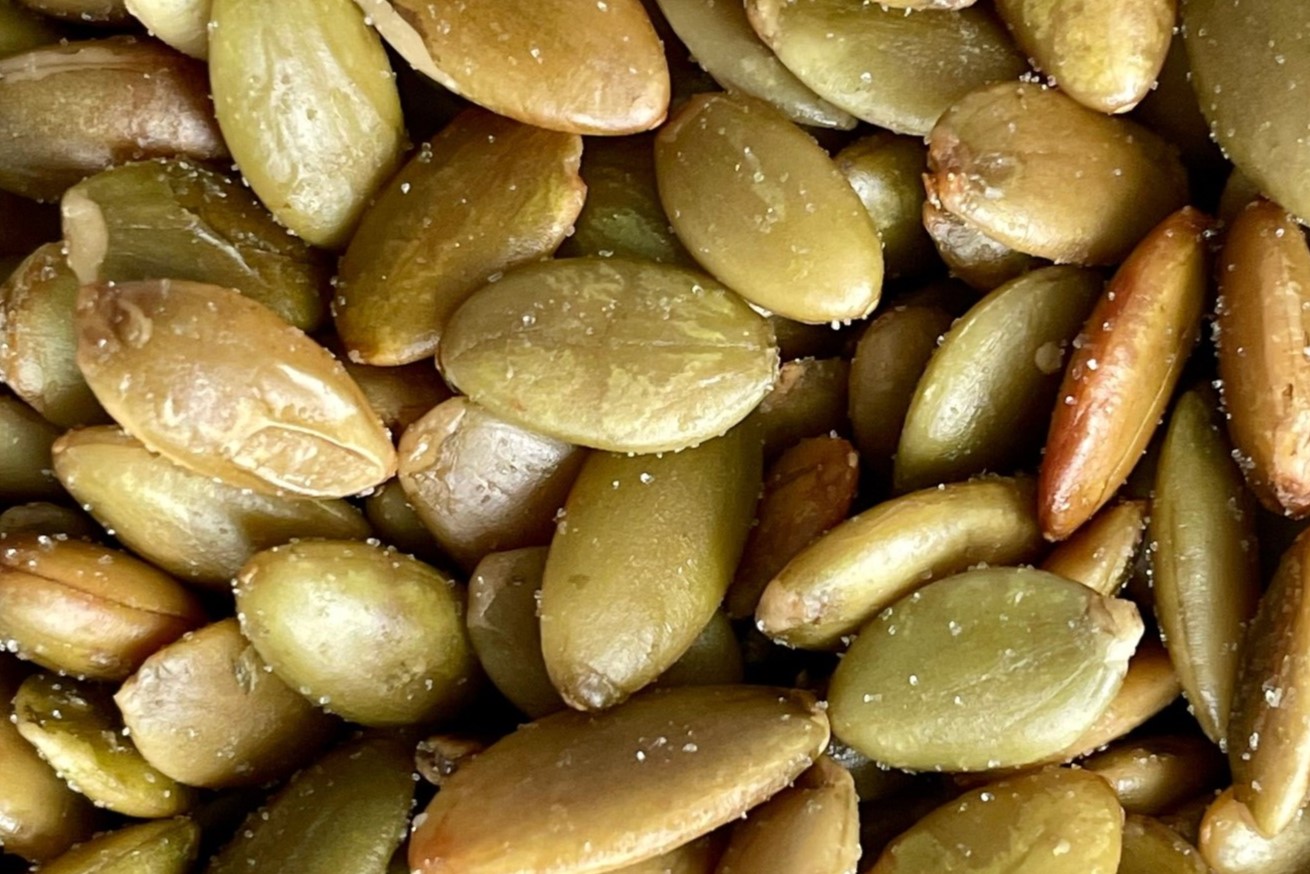
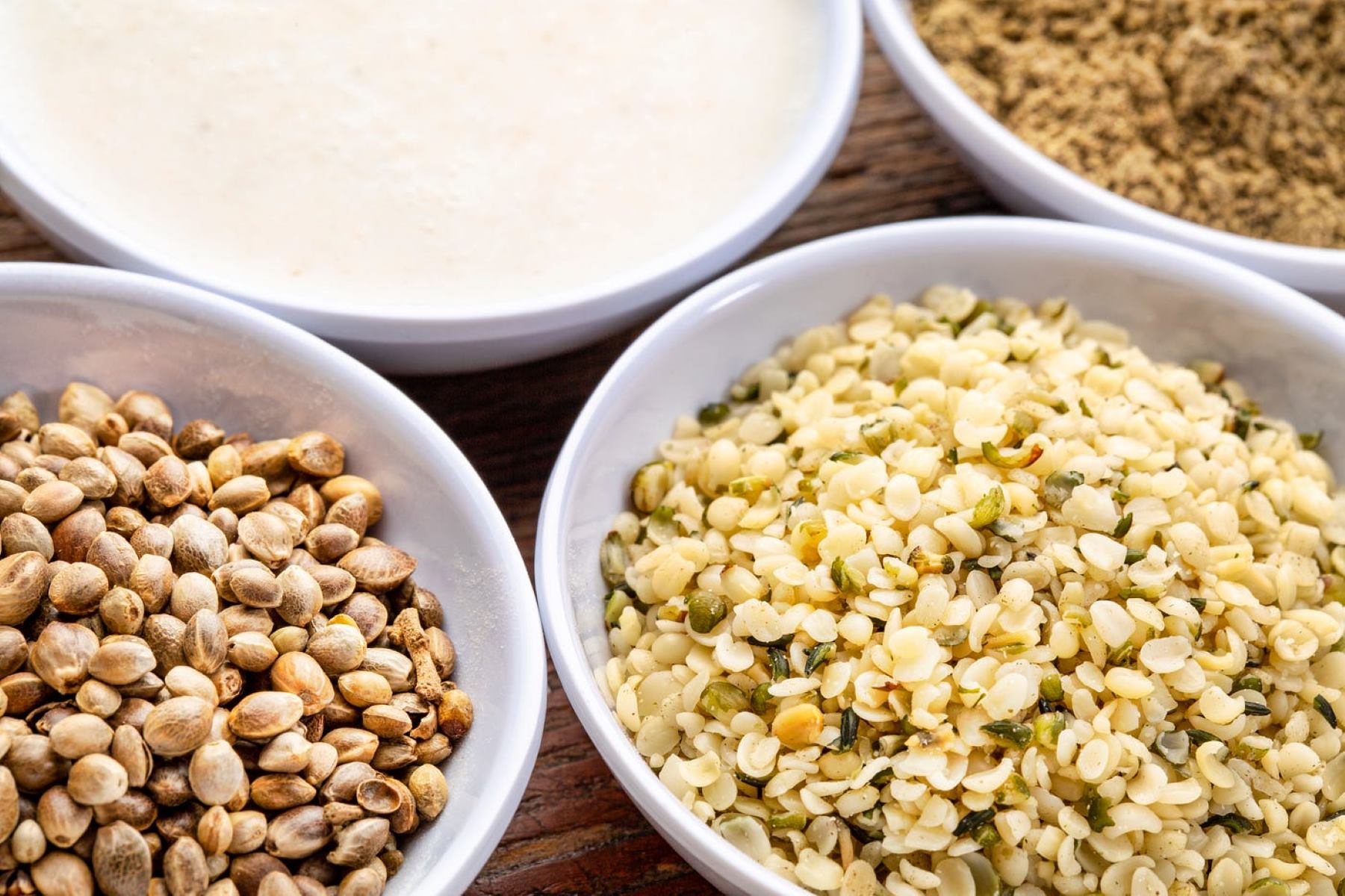
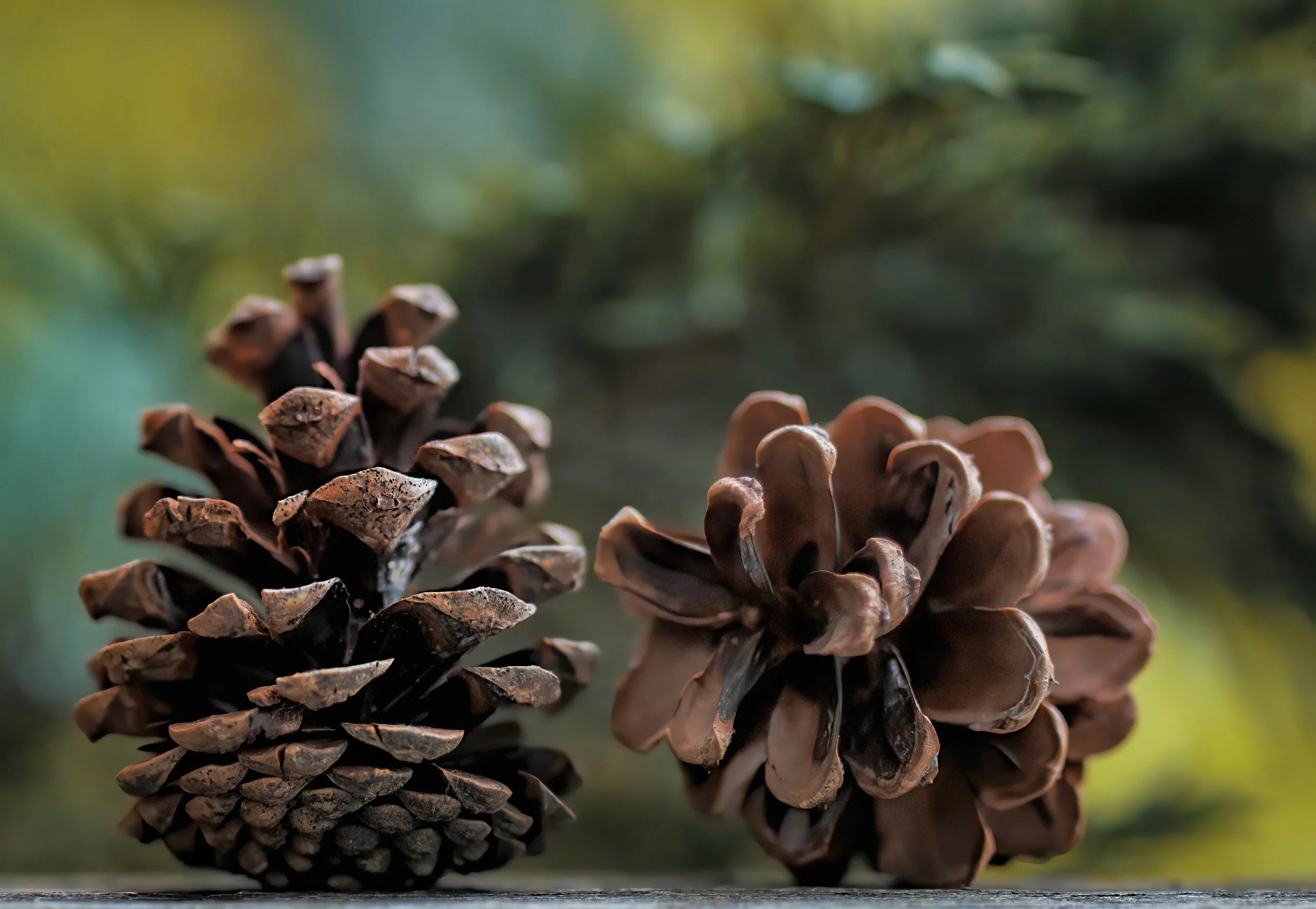
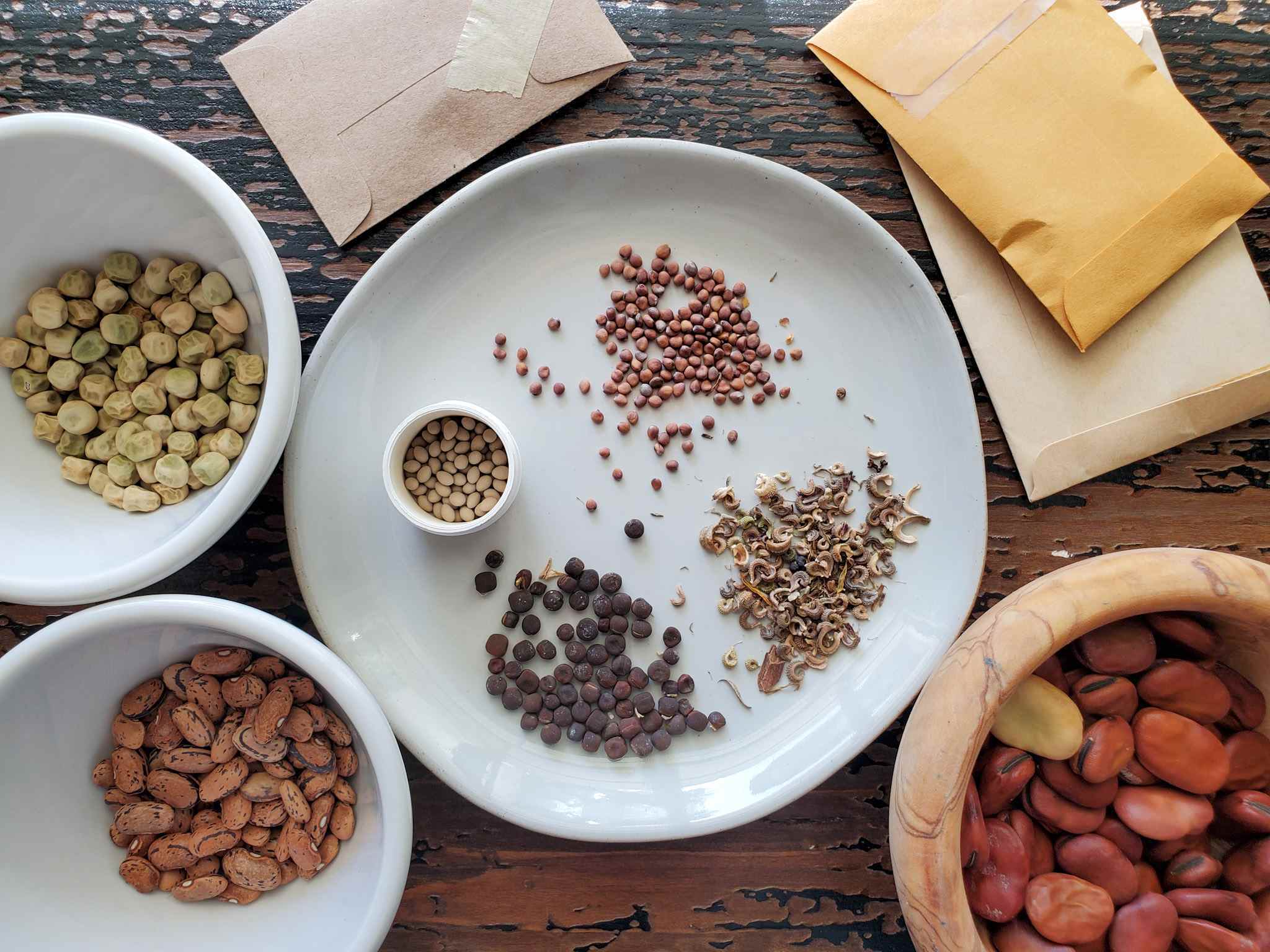
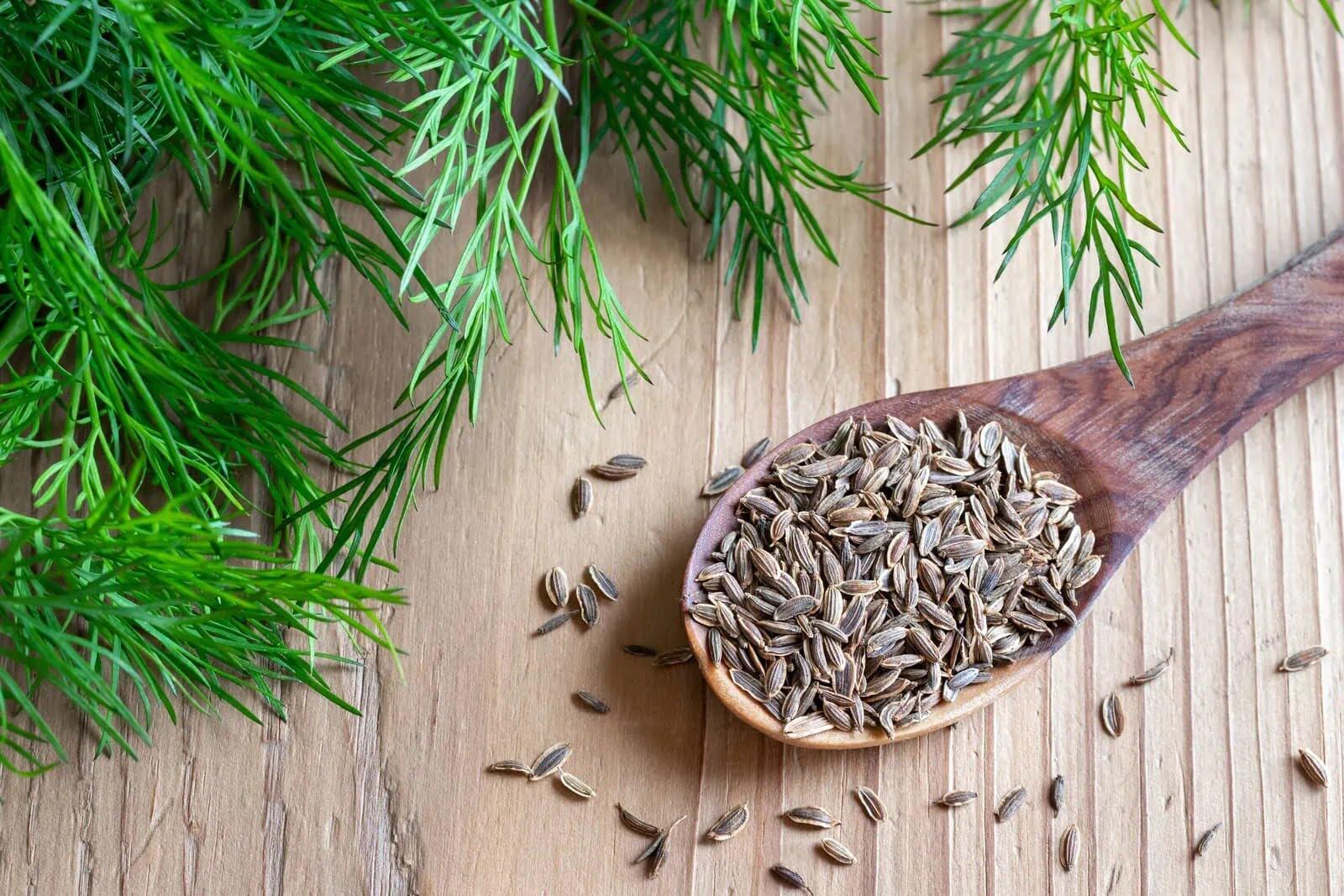
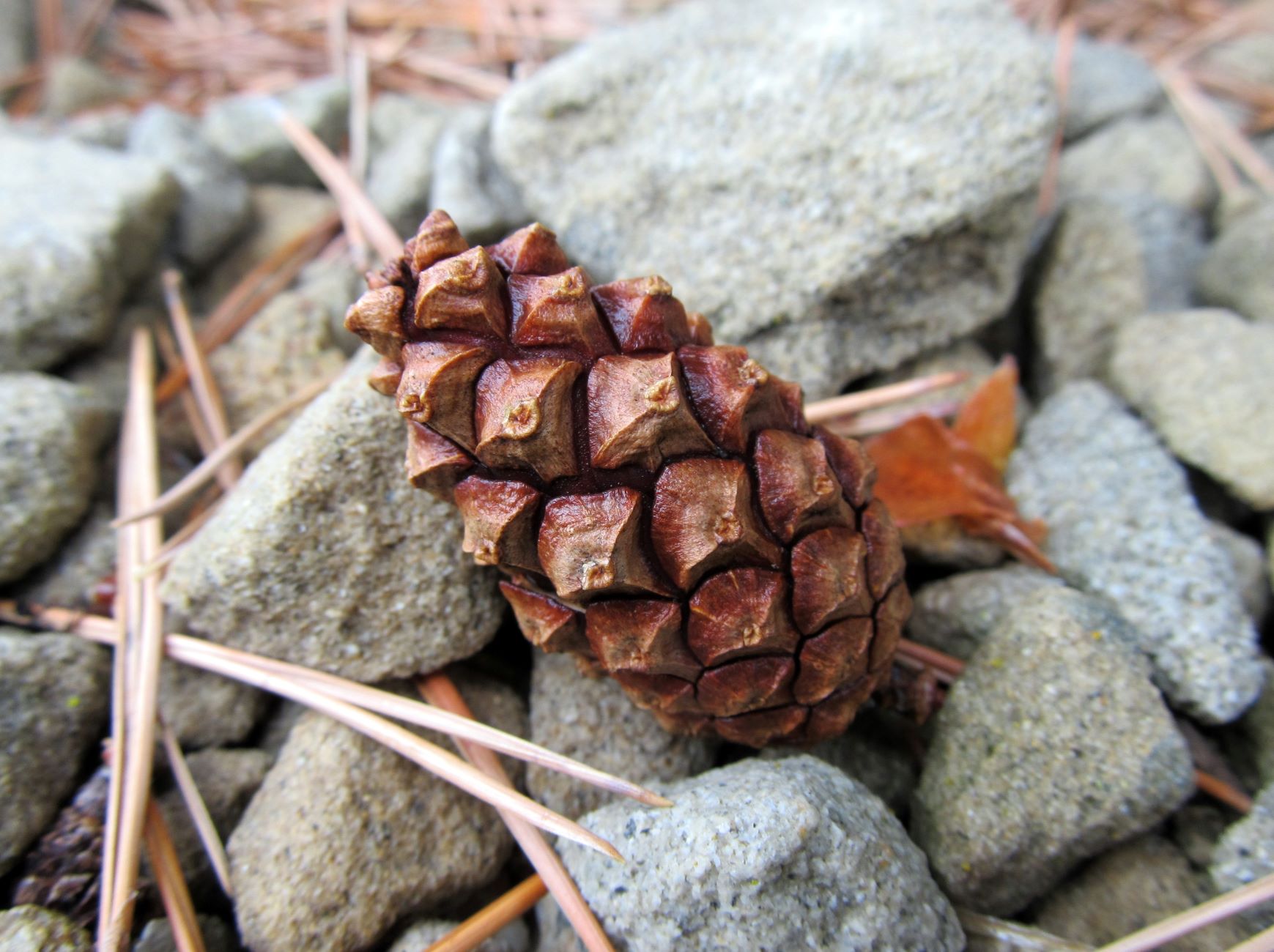
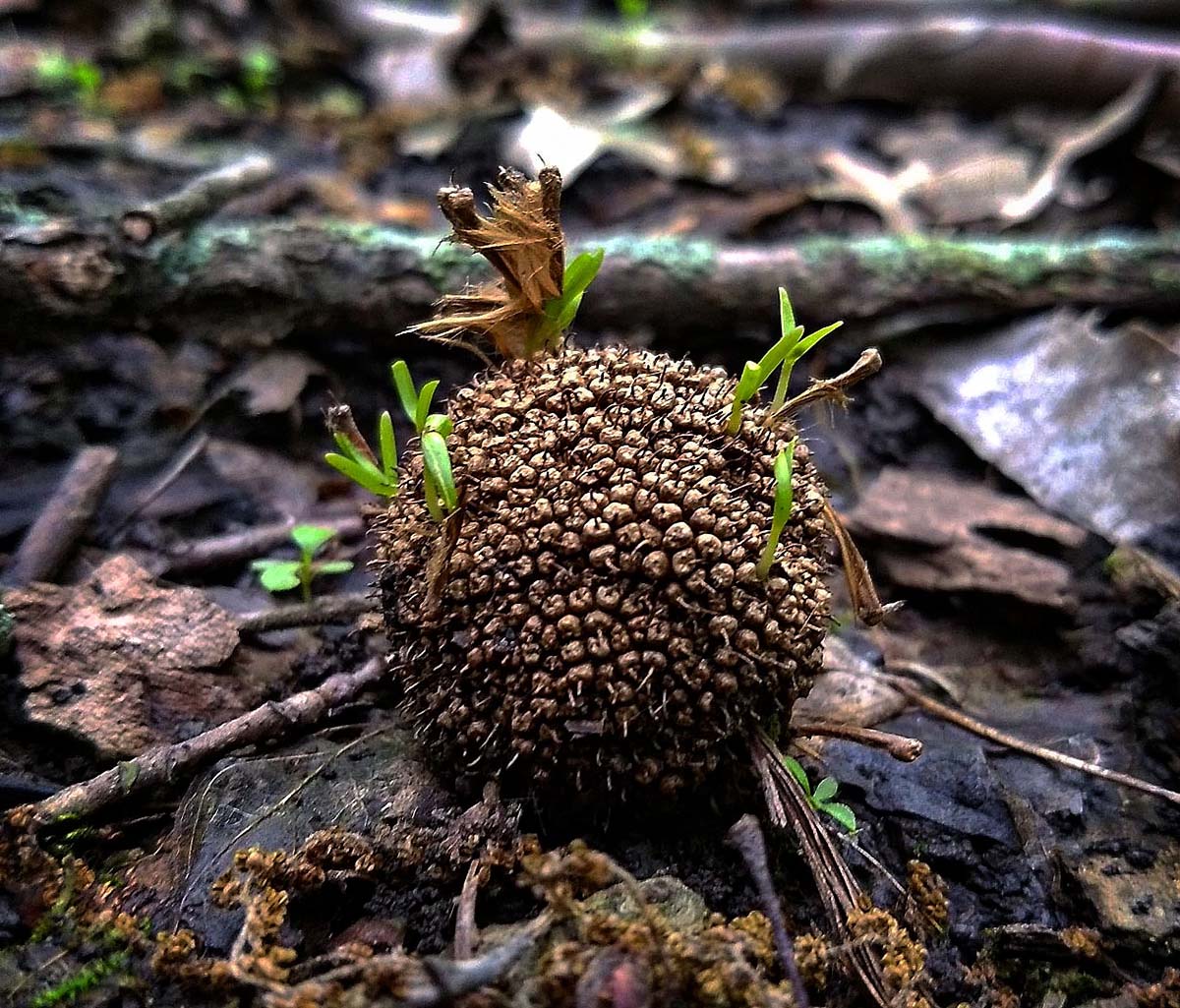
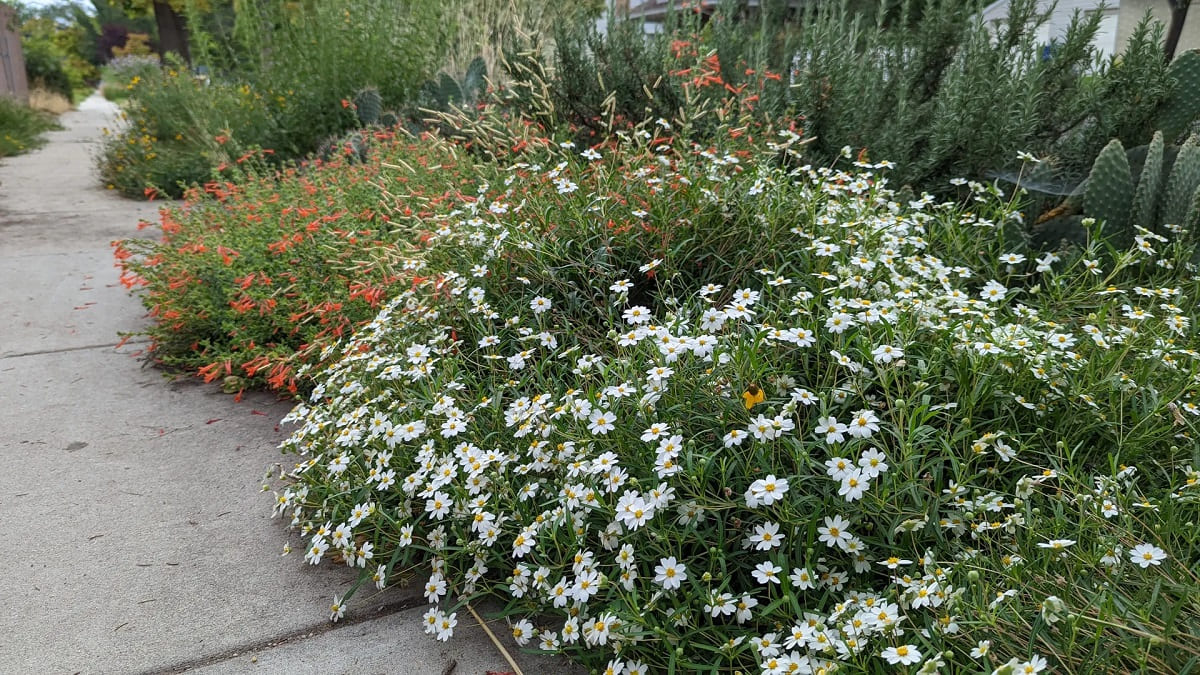
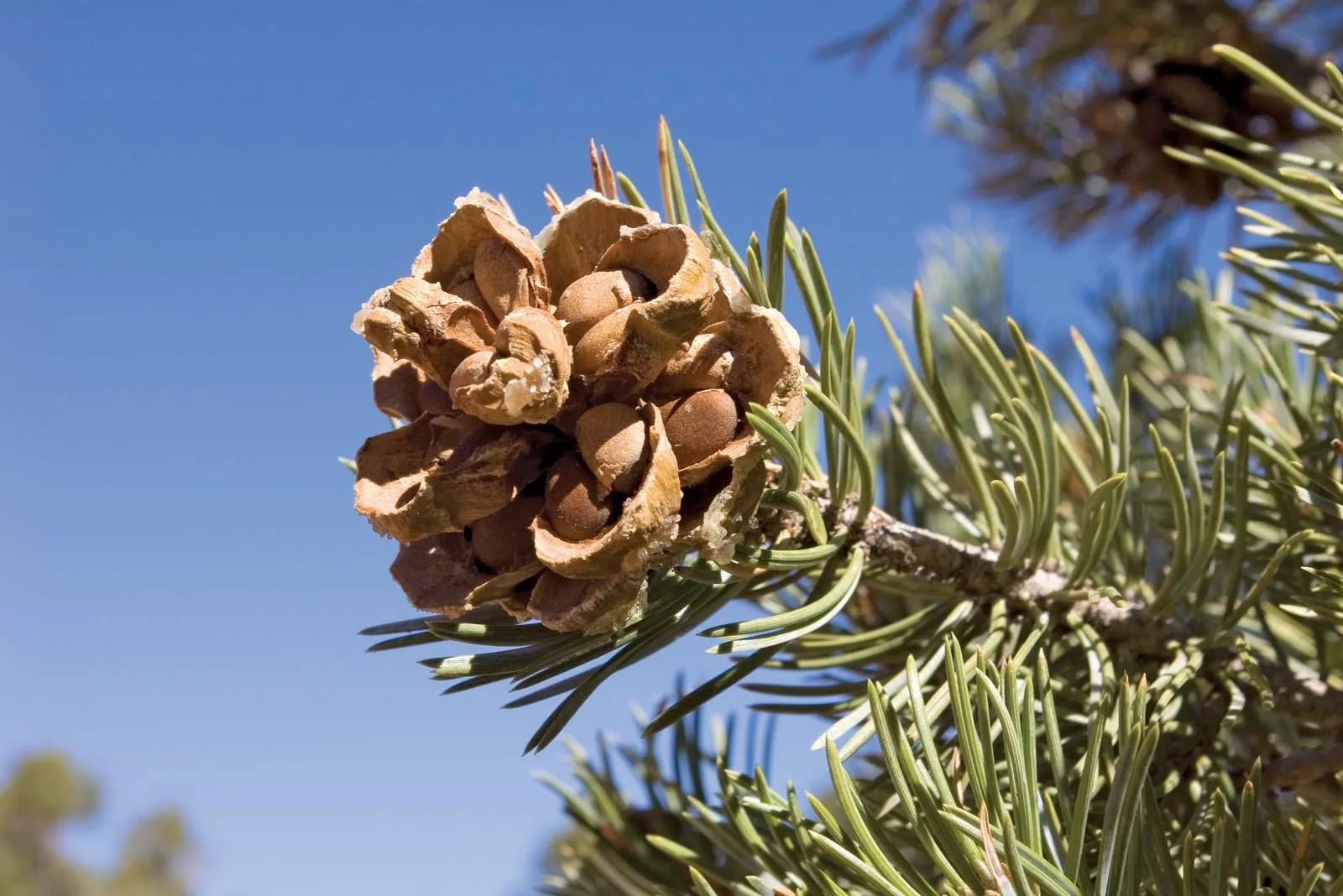
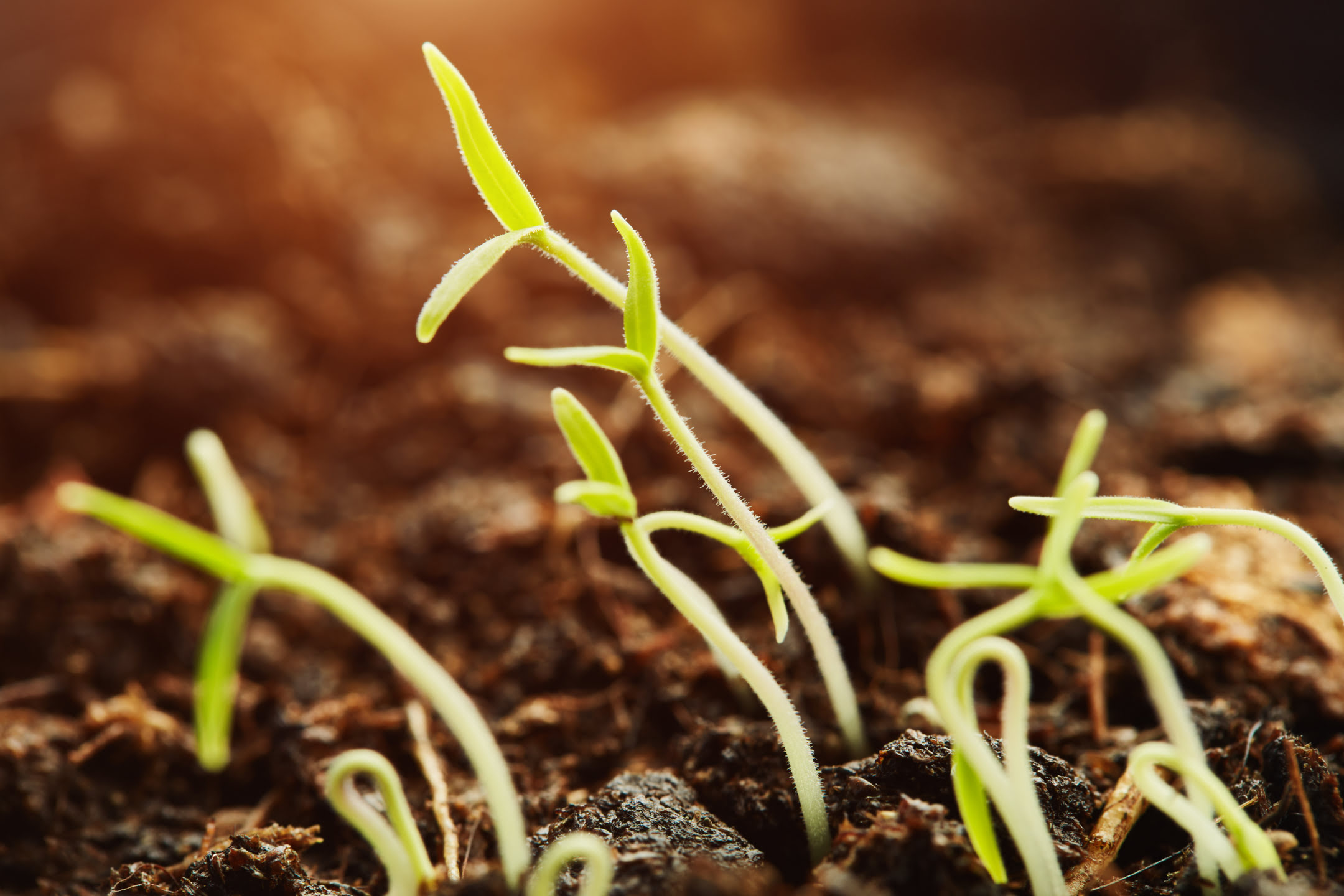


0 thoughts on “In Seed Plants, What Is An Important Difference Between Gymnosperms And Most Angiosperms”